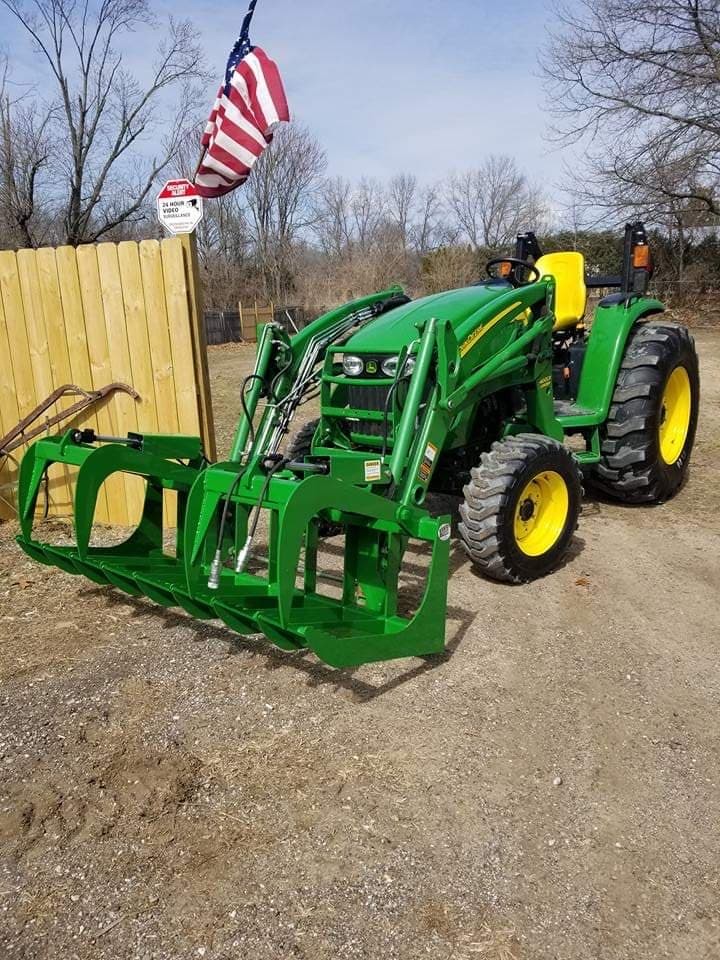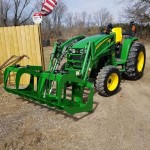Thoughts About Retaining Wall Installation In South Bend, IN
Let's think about retaining wall installation in South Bend. Is hiring a local retaining wall specialist like Fast Act Landscaping and Lawn Care the rout you want to take or are you the DIY type? There's a lot to go over since no 2 retaining walls are precisely alike. There are utilized for different reasons, different techniques, and different products so let's start at the beginning. Before building a retaining wall on your residential or commercial property, let's discuss the function of it.
Functions of Your Fast Act Retaining Wall In South Bend
Some types of South Bend retaining walls require additional structural assistance to keep them from toppling over. This includes vertical walls that don't slope towards the volume of earth, as well as walls greater than three feet. Depending on the height of the wall and the pressure of the earth behind it, the extra supports could be in the kind of buried footings, steel support, cantilevered design, or tie-backs that extend deep into the earth behind the wall and connect to buried anchors called "dead men." You could likewise add extra strength with a "gravity wall," which is so large that its weight acts as a buttress against the pressure of the soil behind it. Most landscaping companies local to the South Bend, Indiana area have years of experience that is necessary to structure a retaining wall properly. Finding a landscaping service like Fast Act Landscaping and Lawn Care LLC is essential in making sure that you get some proper insight into your unique retaining wall build.
Retaining wall functions are many. They slow down the flow of heavy rainfalls and can control where the flow of rainwater goes on your property. It can be used for balconies, gardens, roadsides and in a lot of cases set up to develop a flat, usable area on a hill or slope. Whether using rock, pavers, or concrete, retaining walls can serve a variety of various purposes. If your home or business is at the bottom of a hill or on a high slope, you need to think about setting up a retaining wall. The main purpose is to mitigate erosion but can also have a cosmetic purpose. The way that Fast Act Landscaping and Lawn Care LLC builds their retaining walls might not serve a function as much as complement a unique landscape design. Well thought out and built retaining walls can serve a purpose of beauty and exhibit the craftmanship of the builder much like a piece of art.
Residential retaining walls are great for relieving the shift between dramatic land elevations. Retaining walls can be used for more than just cosmetic looks. They can be extremely effective in regards to holding soil in place to help mitigate erosion. The design of a retaining wall should be intended to resist the lateral pressure of soil if the purpose of the wall is not cosmetic. Whether your retaining wall is for a residential or commercial property, there are many things that you need to account for when beginning the process of designing your wall. Pay attention to this insight from Fast Act landscaping and Lawn Care LLC of the Michiana area regarding the implementation and use of the best kind of retaining wall.
Things to Consider About Retaining Wall Construction In South Bend
-
Types Of Retaining Walls
- Gravity Retaining Wall- A gravity retaining wall uses weight and mass to retain the soil or landscape at hand. You can use many kinds of different material to build these types of waltz. You can use concrete, brick, timbers or natural stone. Be sure to keep weight in mind as you choose the material that you may use to build your landscape a retaining wall.
- Cantilevered Retaining Wall- This is a retaining wall that is reinforced by steel bars that run through the material. Whether it is a masonry wall or a concrete wall, reinforcement is necessary. These walls are built onto a foundation that goes under the soil that the walls’ purpose is to support. The design creates an L shape and is very effective. With the cantilevered retaining wall strategy, the soil itself helps to reinforce the retaining wall.
- Sheet Piling Retaining Wall- The style of retaining wall is normally used when space is problematic and keeps you from being able to build the other styles of wall. These walls are usually sheets of metal or timber that are anchored into the soil itself. These walls are only for soft soils.
- Anchored retaining walls- These walls utilize anchors that are driven into the soil behind them. They are attached by strips and cables. The anchors are mechanically placed into the ground and pressurized concrete can be used to expand their ends. There are other mechanical means of expanding the ends as well.
South Bend Retaining Wall Sizes
Retaining walls come in many various styles and sizes. With every extra foot of height that your retaining wall needs, the pressure of the soil behind it will increase significantly. If you overlook your building strategies you could wind up with a weak wall that runs the risk of bulging or, even worse, collapsing completely. It is pertinent to make sure your measurements and calculations are exact. Building a strong retaining wall takes focus, hard work and experience.
Placing your wall on a proper base is the most crucial factor for safe building and construction. Producers, professionals, and engineers all stress the value of starting with a strong base. The base of a cinder block keeping wall needs to be positioned listed below grade. The depth of the base depends on the height of the wall.
Drainage Concepts For Retaining Walls In South Bend
Residential retaining walls can transform your garden from a chaotic, sloping mess into a beautiful and well-structured environment. There are issues like drainage to think about though. There needs to be a lot of thought that goes into your South Bend retaining wall build. If drainage pipes are not properly installed then flooding or other concerns can occur. Installations of the drainpipe should exit on each end of the wall and you may cover them with crushed stone to camouflage their appearance. After your drainpipe remains in place, you need to backfill the remainder of the area behind the blocks with either sand or pea gravel, either will permit water to filter through to the drainpipe at the base of the wall.
A correct base is constructed of compacted soil and a minimum of a 6-inch layer of compressed sand and gravel. In order to perform the function of keeping back tons of soil, proper backfilling is necessary. Backfill describes the dirt behind the physical wall. To supply appropriate drainage, a minimum of 12 inches of gravel or a comparable aggregate must be set up behind the wall.
If you need to have a retaining wall installed and are looking for a retaining wall contractor in the South Bend, Indiana area then contact a local landscape design-oriented company Like Fast Act Landscaping and Lawn Care LLC today.

























